Anyone who has ridden for at least ten years can tell you about the worst motorcycle they have ever ridden. Most bikes on the market are just fine but every once in a while the CEOs make some bad decisions and the result is a big flop. It’s worth noting that not all of these bikes are „bad” motorcycles, some of them actually rides well. It’s just that most customers hated them. We pulled twenty of the biggest flops in the motorcycle industry, here is the first part.
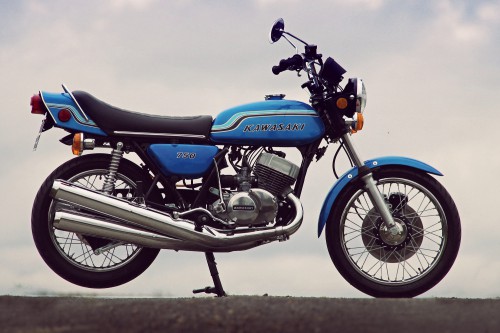
1972 Kawasaki Triple 750 H2
20. 1972 Kawasaki 750 Triple 1V and H2 aka The Widow Maker
Just to make it clear, they didn’t just nickname this bike ‘the widow maker’ for nothing. The Kawasaki Triples were a range of 250 to 750cc motorcycles from 1968 to 1980. When the most powerful version, the H2 Mach IV 750 was introduced in 1972, Kawasaki said of the bike, “It’s so quick it demands the razor-sharp reactions of an experienced rider.”. Well, they weren’t wrong. The 748cc engine delivered 74hp – 0-100 mph (161 km/h) took 13 seconds, with a 0 to 60 mph time of 4.3 seconds. But there were several problems with the bike: the lighweight tubular frame was simply incapable of containing the vicious performance of the engine; brakes were weak; it’s cornering capabilities were miserable and it weaved horribly on uneven roads. In 1974, Kawasaki made some technical changes but the H2 was still a dangerous bike. The last H2 was built in 1975.
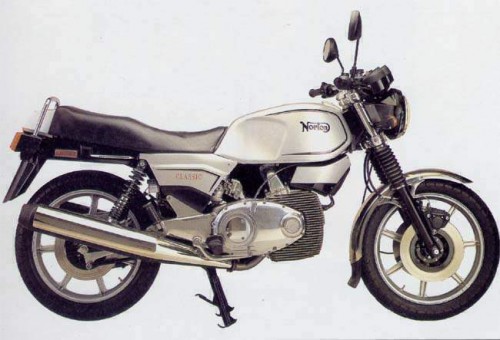
1987 Norton P43 Classic
19. 1987 Norton P43 Classic
We love rotary engines in cars because they are unique, love to rev but here’s the thing: rotary engines don’t look cool. The Norton P43 Classic was a collector’s item, a limited edition run of just 100 motorcycles in 1987 following a change of ownership of Norton Motors. The bike itself was a well-engineered machine with a low center of gravity and nice handling but there were many problems with the engine – corrosion, for example. Norton didn’t stop the development and the water-cooled Classic MK2 was revealed at the Birmingham Show in 1989 but since the manufacturer was in deep financial trouble, and the show did not bring in any orders that would justify a production run, that was it.
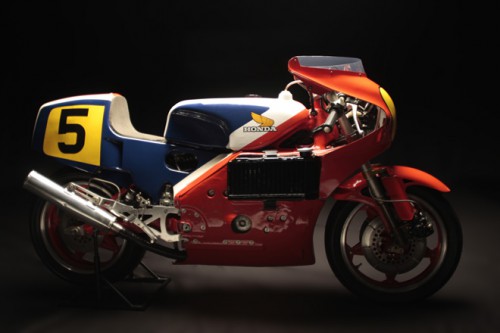
1979 Honda NR500 race version
18. 1979 Honda NR500
Two-stroke engines were the standard in racing in the seventies, but Honda decided to compete using four-stroke technology. Since four-stroke is not as powerful as two-stroke, Honda designed a 32 valve V8 with a monocoque body which helped reduce weight. The bike also used 16-inch wheels (instead of 18-inch in that era) to diminish wind resistance. This then evolved into an innovative V4 engine with four oval-shaped cylinders. The V4 produced over 100hp at 16,000 rpm (!) but unfortunately, it was not very reliable or fast enough. Releasing a street version was a poor decision as it turned out to be a huge flop – it was too expensive especially as cheaper, more regular bikes were faster. But, the NR500 remains a legend.
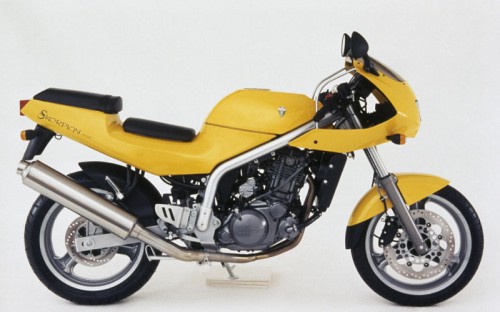
1994 MZ Skorpion
17. 1994 MZ Skorpion
When the MZ Skorpion was released back in 1994, the first reviews were mostly positive. It was a light and affordable all-rounder with good handling. The model was the result of an international collaboration – German frame, Japanese (Yamaha) engine, British design. MZ built four versions: Sport, Tourer, Traveller and Cup. The bike was popular among racers – the Skorpion Cup got its own MuZ-Cup racing series in several countries at the end of the 1990s but sales numbers were miserable. The Sport was discontinued in 2002, the others finishing in 2004.
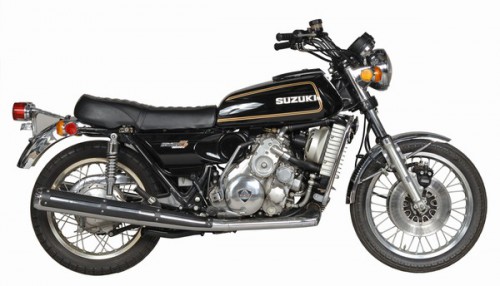
1974 Suzuki RE5
16. 1974 Suzuki RE5
The other huge flop of the rotary engine in a motorcycle. The RE5 was built by Suzuki from 1974 to 1976. Apart from its unique engine layout, the RE5 is a normal roadster. A hideous roadster, we must add. At the heart of the RE5 was a 497cc rotary engine that was capable of delivering 62hp but this amount of power was just not enough for the weight (wet: 255kg or 563 lbs). Apart from this, the RE5 had decent handlig and good fuel economy (especially for a rotary and for this weight) but it was over-complicated, underpowered and expensive. Putting this bike into serial production was a huge failure and the RE5 was scooped off the production line faster than it’s 0-60 time.
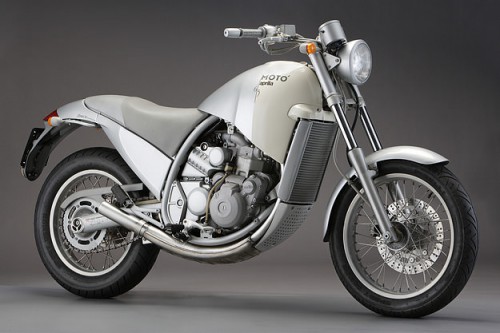
1995 Aprilia 6.5
Slipstreamer Motorcycle Windshield
15. 1995 Aprilia 6.5
The Aprilia 6.5 was not just a horrible failure but it was also ugly as hell. It was supposed to be a chic bike for city conditions but it just looks weird. In addition to that, it was slow, the build quality was average at best, and unreliable. The model was deleted after just two years and that says it all.
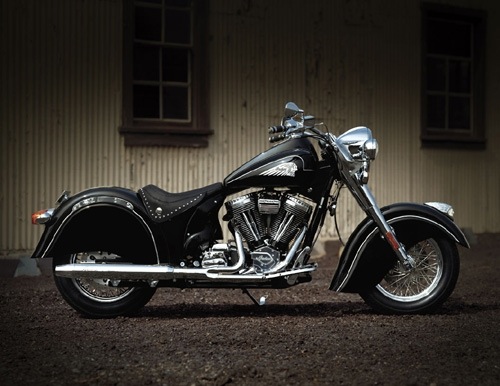
2002 Gilroy Indian Scout
14. 2002 Gilroy Indian Scout
The Indian Motorcycle Company of America began manufacturing motorcycles in 1999 at the former CMC’s facilities in Gilroy, California – that’s why these bikes are called Gilroy Indians. Their first model was the Chief, a decent cruiser powered by a reliable S&S V-Twin. Sadly, the company decided to develop a brand new 100-cubic-inch (1,600cc) V-Twin called Powerplus. It went not good. The Indian Motorcycle Corporation went into bankruptcy and ceased all production operations in Gilroy on September 19, 2003.
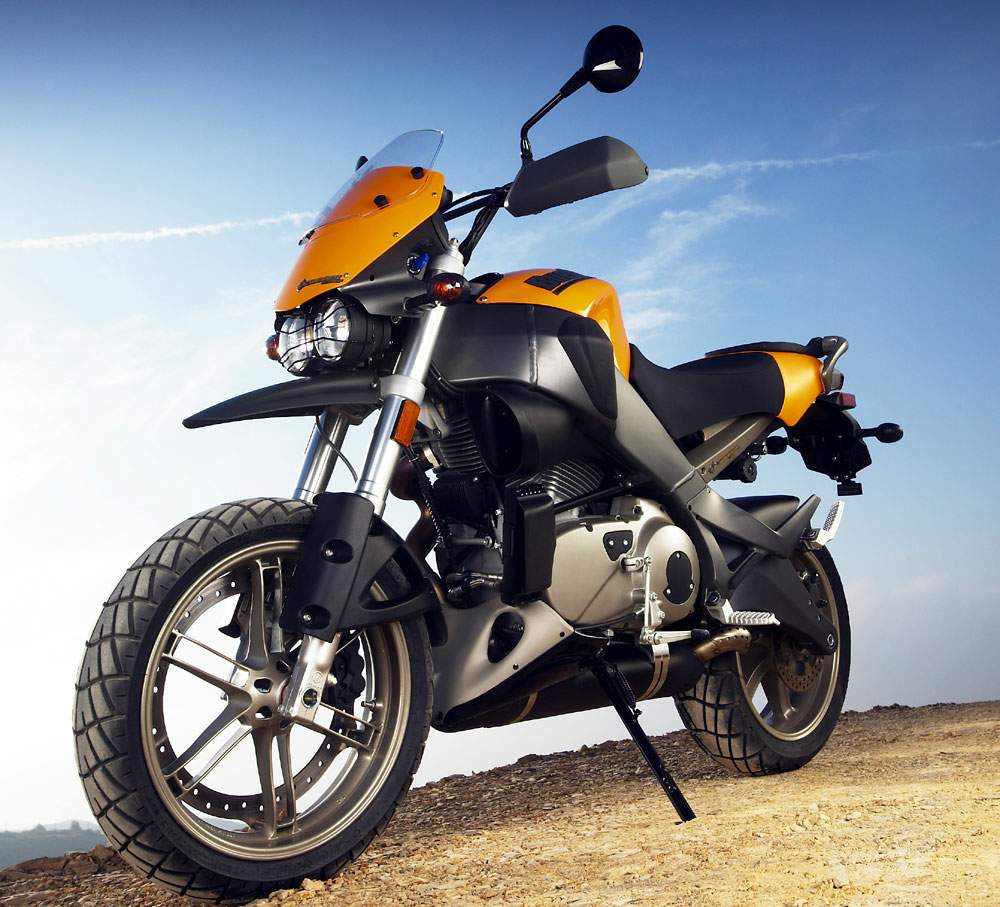
2005 Buell XB12X Ulysses
13. 2005 Buell XB12X Ulysses
So that’s what Americans think about the Dual-Sport-slash-Adventure category. The bike went into serial production in 2005 and was set to go head-to-head with BMW’s R1200GS. The XB12X had an individual character with a couple of clever ideas like the innovative three-position tail system or two 12-volt power outlets but it’s price tag was top-heavy and it’s archaic air-cooled engine was not powerful enough for the bike’s weight. The Ulysses failed to find an audience, and helped end the Buell company all-together.
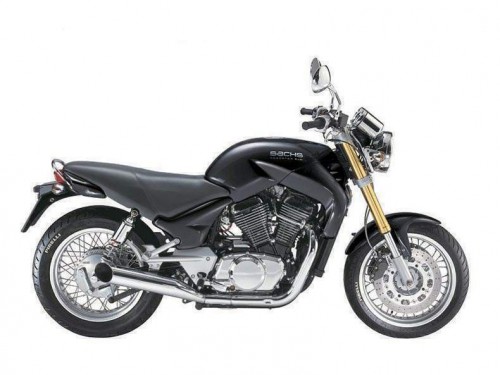
2000 Sachs Roadster 800
12. 2000 Sachs Roadster 800
The Roadster was a 800cc naked bike from Sachs, one of the oldest motorcycle manufacturers in Germany. The model was revealed in 2000 and it was a conventional steel framed, spoke-wheeled naked bike with a Suzuki engine pinched from their current cruiser range. The bike was no racer with its 58hp but it felt like a quality product. Oh, and it had shaft final drive and was pretty expensive. I guess nobody wanted an underpowered naked with an antient Japanese engine.
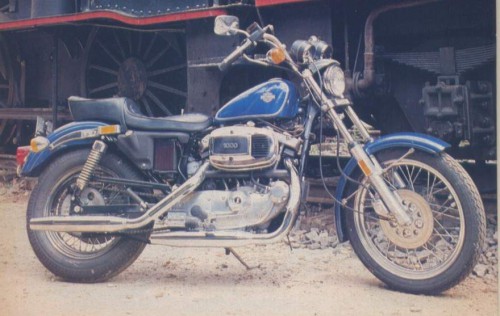
1981 Harley-Davidson XLH1000 Sportster
11. 1981 Harley-Davidson XLH1000 Sportster
Harley produces the Sportster line since 1957 so they must know something about building cruisers. Well, they wanted to come up with something new to compete with Japan in the early eighties. They thought the new Sportster would compete. They should have stuck with what they know. The 1981 Sportster was not just a bike with bad handling – it was a bike with dangerous handling. Long forks with a steep angle, high center of gravity, heavy engine, poor suspension – the combination of all this resulted in the worst low-speed maneuverability ever seen before or after on a Harley-Davidson bike. Big, big flop.

